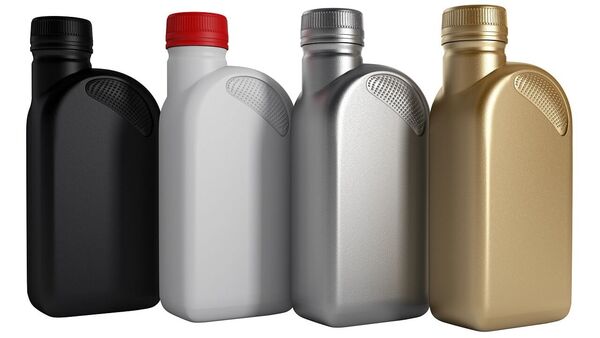
Engine oil: Which one should you go for and what the numbers on the package mean
5 months ago | 5 Views
Engine oil is the most commonly known automotive consumable after the fuel that you add to keep your vehicle running. The job of your engine oil is to keep the moving components inside the engine lubricated and reduce the friction between components ultimately increasing the life of your vehicle's engine. This is why it becomes extremely important to be picky while choosing the correct type of oil meant for your vehicle.
Understanding the different types of engine oil and the meaning behind different grades of oil can help you make the decision better. Conventional oils may work fine for older vehicles, but semi-synthetic and synthetic oils provide more protection for newer or high-performance engines. Always follow your manufacturer's guide or user manuals as they have been built specifically to your vehicle's requirements to keep your engine in the best shape.
Engine oil: Types
Conventional (Mineral) Oil
This is the most basic engine oil available, refined from crude oil. It’s suitable for older car models and drivers who don't need the car to perform at its full potential. Conventional oil is the most affordable type of oil but doesn't perform as well in extreme temperatures or for extended periods of use such as very long road trips with varying temperatures.
Synthetic Blend Oil
This oil is a mix of synthetic and conventional oils. It offers some of the benefits of synthetic oil but at an affordable cost. This type of oil is a good middle ground for the average user. It’s a good option for drivers who want better protection than conventional oil but don’t want to pay the full price of synthetic oil.
Synthetic Oil
Synthetic oil is chemically engineered to offer the best performance and protection for your vehicle. Synthetic oil can change its thickness (or viscosity) depending on how hot or cold it gets. It’s designed to flow more easily in colder temperatures and resist breakdown and friction at higher temperatures. Synthetic oils are ideal for newer engines, high-performance cars, trucks or drivers who live in extreme climates. This kind of oil can also help improve fuel efficiency but are usually the most expensive options available in the market.
Engine oil: What do the grades mean?
You’ve probably seen numbers and letters like ‘5W-30’ on engine oil containers. These numbers represent the oil grade, indicating its viscosity (thickness) and how it behaves in different temperatures. Here’s what those numbers mean:
Viscosity
Viscosity refers to how easily oil flows at different temperatures. Thicker oil doesn’t flow as easily but provides more protection to moving components, while thin oil flows easily but offers less resistance to wear.
Numbers (e.g., 5W-30)
First Number (5W): The "W" stands for winter. This number represents how the oil flows in cold temperatures. The lower the number, the thinner the oil and the better it will perform in colder weather. For example, a 5W oil will flow better in winter than a 10W oil.
Second Number (30): This number indicates how the oil flows at normal engine operating temperatures (about 100°C or 212°F). The higher this number, the thicker the oil remains at high temperatures. For instance, 30-weight oil is thinner at high temperatures than 40-weight oil.
HOW DID YOU LIKE THIS ARTICLE? CHOOSE YOUR EMOTICON !
#





















